15 mysterious ghost towns scattered around the world
Categories: Design and Architecture | Travel | World
By Pictolic https://pictolic.com/article/15-mysterious-ghost-towns-scattered-around-the-world.htmlAbandoned settlements exist all over the world — mysterious, eerie, invariably arousing curiosity. There are many reasons why a city can become a ghost town: economic downturn, war, natural disaster, environmental disaster… Here is a list of the most interesting, in our opinion, ghost towns on Earth.
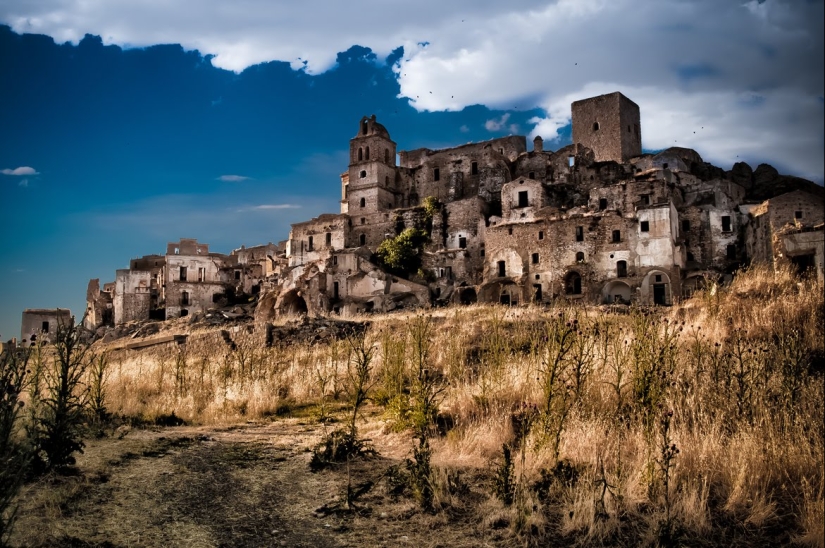
As a rule, such places are completely uninhabited, although there are also ghost towns with very small populations. Some have been banned, while others have been turned into parks or tourist attractions.
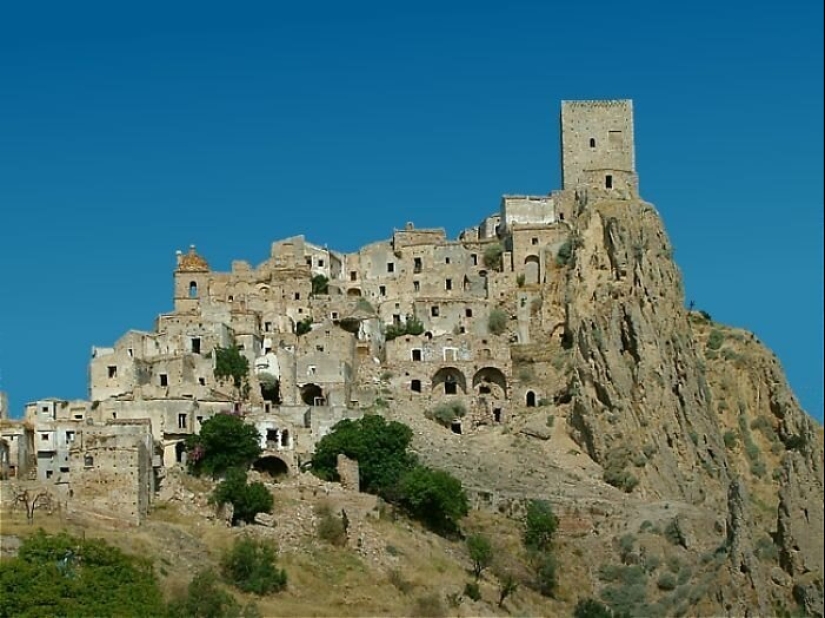
Craco, Italy
This area was settled by the Greeks around 540 AD. when they moved inland from the coastal city of Metaponto and named the area Montedoro. For centuries, there was a successful settlement here, which had a university, four large palazzi, and a growing population. In 1656, as a result of the plague, the population decreased hundreds of times. Later, the Krako gradually faded — mainly due to poor agricultural conditions. In 1892-1922, most of the inhabitants left for North America. Then, in 1963, there was a strong landslide and people had to be evacuated. After the earthquake in 1980, the place was completely abandoned. It is currently a popular tourist attraction. Several films were also shot here, including "Quantum of Mercy" and "The Passion of Christ".

Bodie, California, USA
In the 19th century, a rich gold mine was discovered in this town of gold prospectors, and Bodie grew and became a thriving town. At the best of times, there were between five and seven thousand residents, and 2,000 buildings were built. At the beginning of the 20th century, the city began to decline. Today, Bodie is a veritable Wild West ghost town, with only 110 buildings remaining. It is open to the public and tourists can freely walk through the deserted city streets and view the remaining belongings on the shelves of shops and the interior of the premises.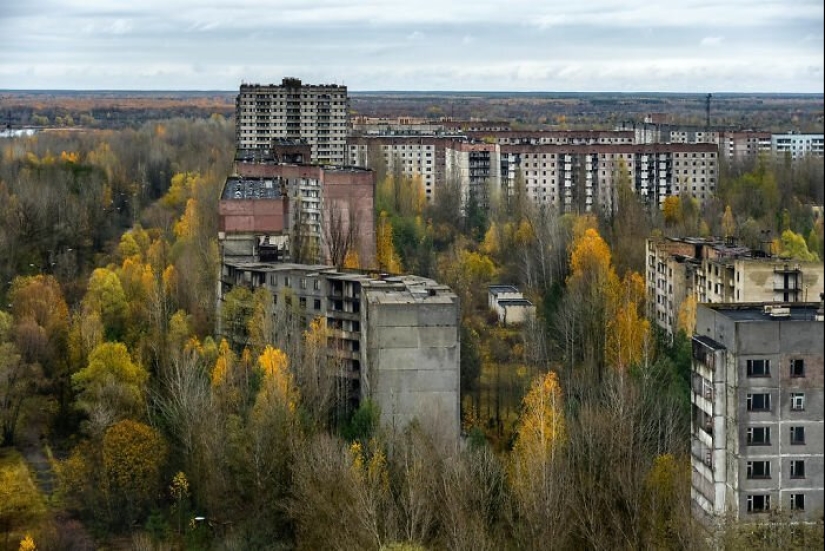
Pripyat, Ukraine
Perhaps one of the most famous ghost towns in the world. Pripyat was founded in 1970 as the ninth nuclear city in Russia. The Soviet Union to support the nearby Chernobyl nuclear power plant. By the time of the evacuation (the day after the Chernobyl disaster) on the afternoon of April 27, 1986, the city's population was 49,360. Naturally, after the disaster, the city was abandoned and soon became a ghost town. At present, when the radiation level has decreased, more and more tourists visit this place, and various Ukrainian companies offer excursions to the surrounding area.
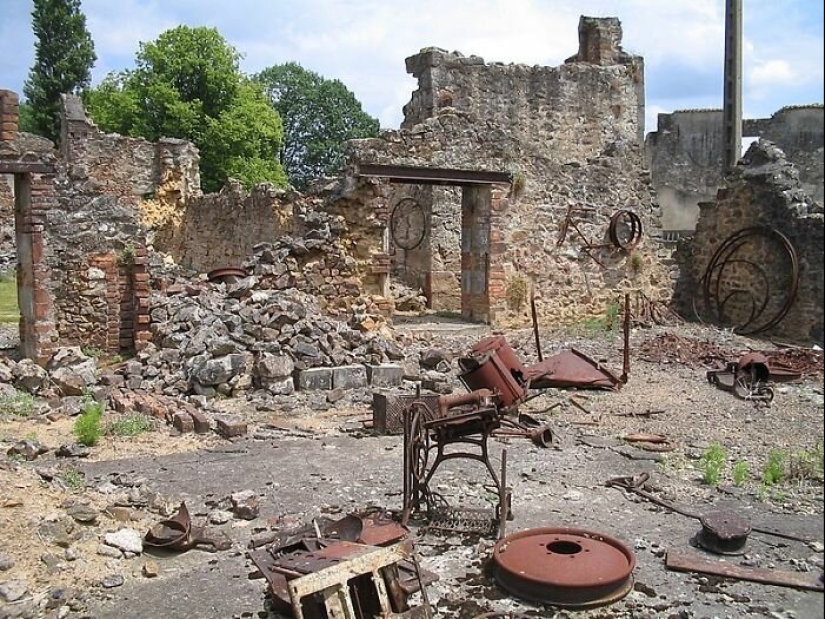
Oradour-sur-Glane, France
Oradour-sur-Glane is an abandoned village in the Nouvelle-Aquitaine region of west-central France. It was destroyed on June 10, 1944, when the Nazis killed almost all the inhabitants: 642 people were killed, including women and children. Of the entire population of the village, only about 30 people miraculously survived that day. A unit led by Adolf Diekmann forced all residents to leave their homes. The men were gathered in sheds, where they were shot and then set on fire. The women and children were locked in the church, which was also set on fire. Those who tried to get out of the burning building were shot. After the war, then-French President Charles de Gaulle decided that the village should be turned into a memorial. And a new village with the same name was built nearby.
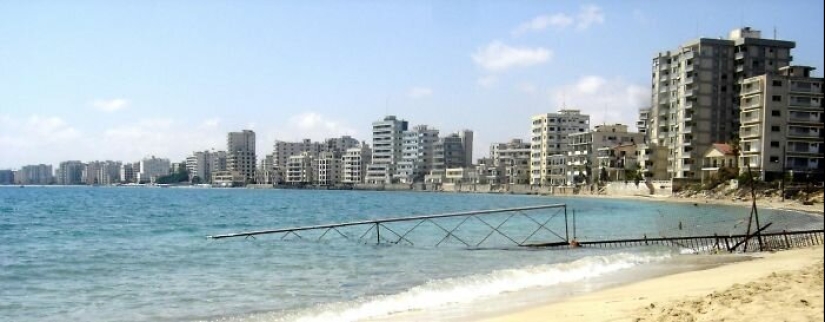
Varosha Quarter, Famagusta, Cyprus
Today, Varosha is an abandoned neighborhood in the south of the Cypriot city of Famagusta. And once — by the early 70s-it was the number one tourist center in all of Cyprus. This led to new buildings, mostly hotels and various tourist attractions. At its peak, Varosha was the number one tourist destination in the world and saw guests such as Elizabeth Taylor, Richard Burton and Brigitte Bardot. That changed with the Turkish invasion of Cyprus in 1974, when the territory came under Turkish control. The residents of Varosha fled, and the territory remained abandoned and under the occupation of the Turkish armed forces. To this day, the Varosha quarter is uninhabited and entry is prohibited.
Garnet, Montana, USA
Garnet is another of the abandoned mining towns in the United States, built in the 1860s. In 1898, the city was inhabited by about 1,000 people. Unsurprisingly, Garnet was abandoned two decades later when the gold mines ran out. Although it was badly damaged by a fire in 1912 that destroyed half of the town, Garnet is now one of the best-preserved ghost towns in the state of Montana. It is visited by 16,000 people annually.
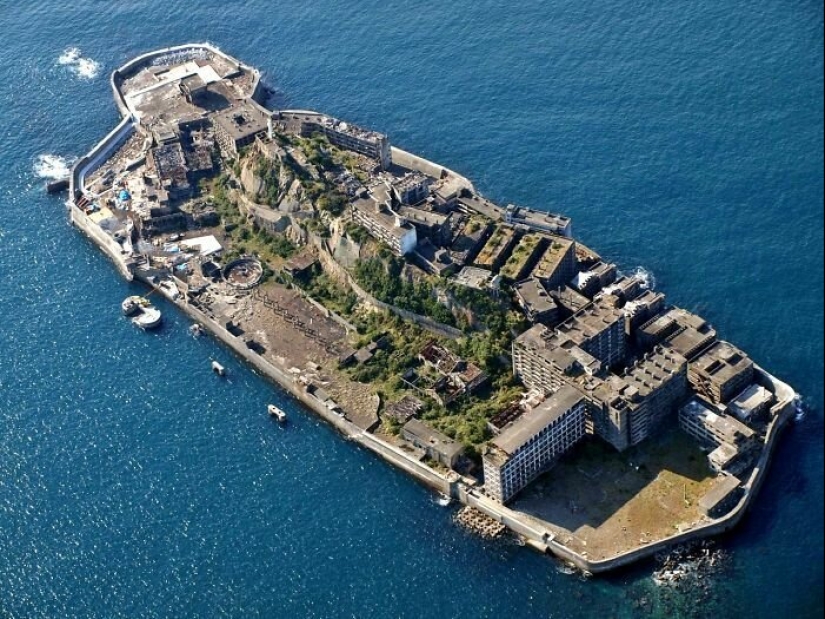
Hashima Island, Japan
Hashima, also known as Gunkanjima, is an island located about 15 kilometers from the city of Nagasaki in southern Japan. At the beginning of the 19th century, coal was discovered on the island and 80 years later, in 1887, coal mines were built here. The peak population on Hashima was recorded in 1959, when 5,259 people lived on the island. In 1974, when the coal reserves came to an end, the mines were closed and the people left. Until the early 2000s, the island remained abandoned until there was interest in its historical ruins. Some of the buildings have been restored and tourists have been allowed in since 2009. In 2015, the island was recognized as a UNESCO World Heritage Site.
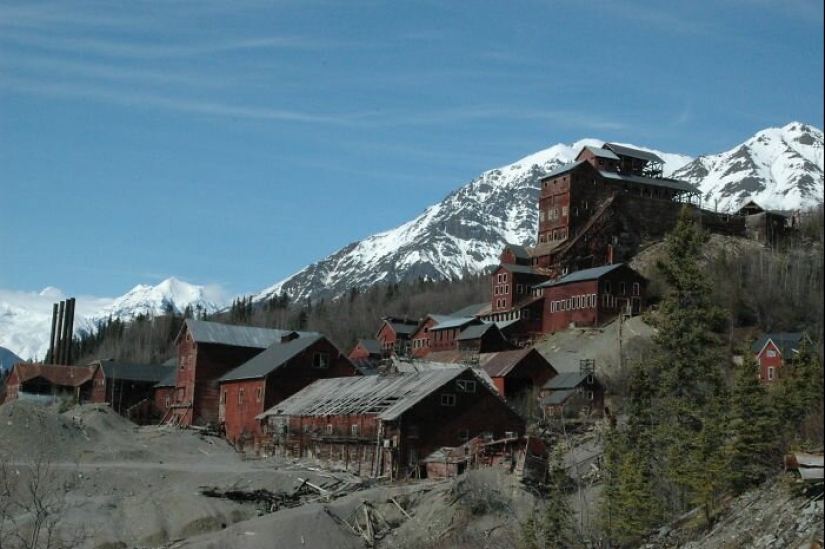
Kennicott, Alaska, USA
Kennicott was once a central mining camp that connected several copper mines. It all started back in 1900, when rich deposits of copper ore with a high concentration (up to 70%) of pure chalcocite were discovered here. At that time, copper had just become extremely valuable — thanks to the invention of electricity, automobiles, and telephones. So hundreds of people came here to work in the copper mines seven days a week. From 1909 to 1938, the Kennicott mines produced more than 4.6 million tons of ore, with a profit of more than $ 100 million. By the early 30s, the deposits of high-quality ores were depleted and five mines closed one after another. The last train left Kennicott on November 10, 1938, marking the end of an era and leaving behind a ghost town.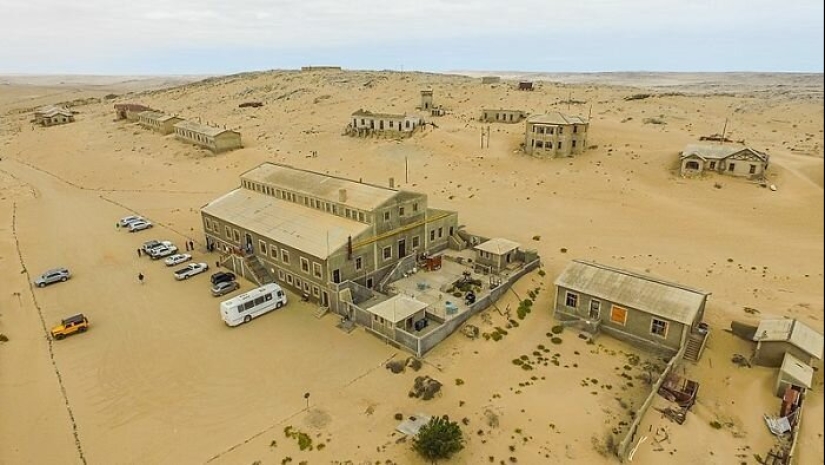
Kolmanskop, Namibia
In 1908, in the southern part of Namibia, 10 kilometers from the port city of Luderitz, a worker found a diamond and showed it to his boss, the German railway inspector August Stauh. This led to the appearance of a town where German miners came to mine diamonds in huge numbers. They built for themselves a hospital, a ballroom, a power plant, a school, a bowling alley, a theater, a gym, a casino, an ice factory, and the first X-ray station in the Southern Hemisphere. Soon after the Second World War, the diamond deposits began to deplete, and people began to leave. The city was finally abandoned in 1956. Now the desert is gradually taking its toll and tourists who come here wander knee-deep in the sand. A special permit is required to enter the city.
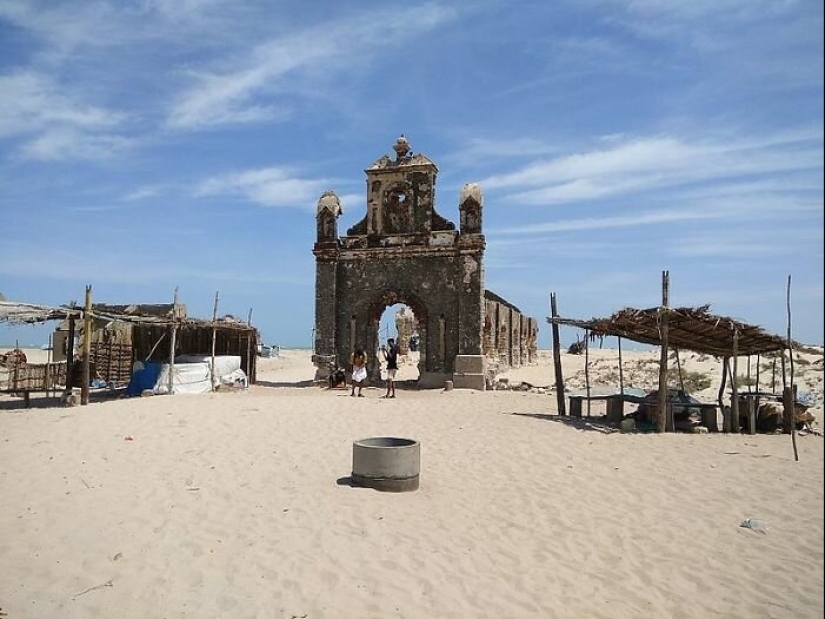
Dhanushkodi, India
Dhanushkodi was once a simple Indian city, full of life and laughter. People could come and go on passenger trains, enjoy the views of the Laccadive Sea on one side and the Palk Strait on the other. However, everything changed when Cyclone Ramswaram hit the city on the night of December 22-23, 1964. The wind speed was 280 km / h, and the height of the tidal waves was 7 meters. As a result of the disaster, about 1,800 people were killed. The city was abandoned by the inhabitants and declared uninhabitable. Today, this place is popular with tourists.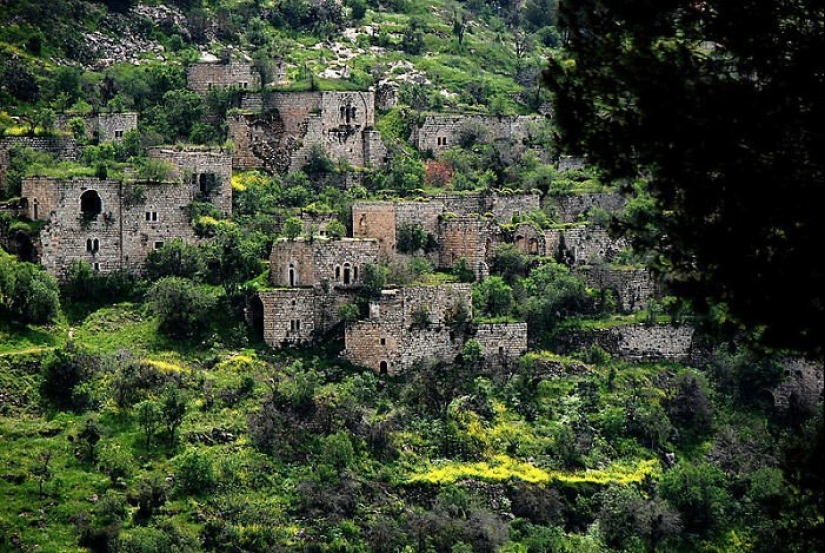
Elevator, Israel
The settlement originated in very ancient times: archaeological remains dating back to the Iron Age have been found at this site. In 1945, 2,250 people lived in the Elevator, 2,230 of whom were Muslims, and the remaining 20 were Christians. During the 1947-48 civil War and the 1948 Palestinian exodus, the village was abandoned by Arab residents. The rest of the Jewish community left in 1971. The last residents left the site in 2017, and since then the village of Lifta has been considered a nature reserve in Israel.
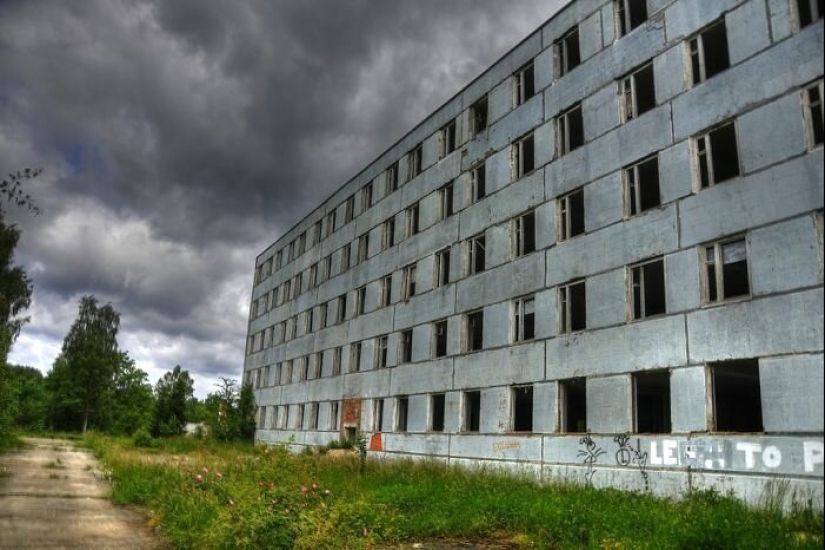
Klomino, Poland
Klomino was a small village known in the early 20th century as Westfalenhof (in the former German province of Pomerania). During World War II, the Germans opened a prisoner-of-war camp in the area where Polish soldiers, civilians, and French army officers were held. In January 1945, Westfalenhof was captured by the advancing Red Army and turned back into a military base — now Soviet-called Grodek. About 6,000 Soviet soldiers lived there. After the collapse of the Soviet Union, Grodek was renamed Klomino, and the government put it up for sale. However, no one was interested in it, and very few decided to move there. At the moment, there are 5 residents left in Klomino. Almost all the buildings were destroyed and looted.
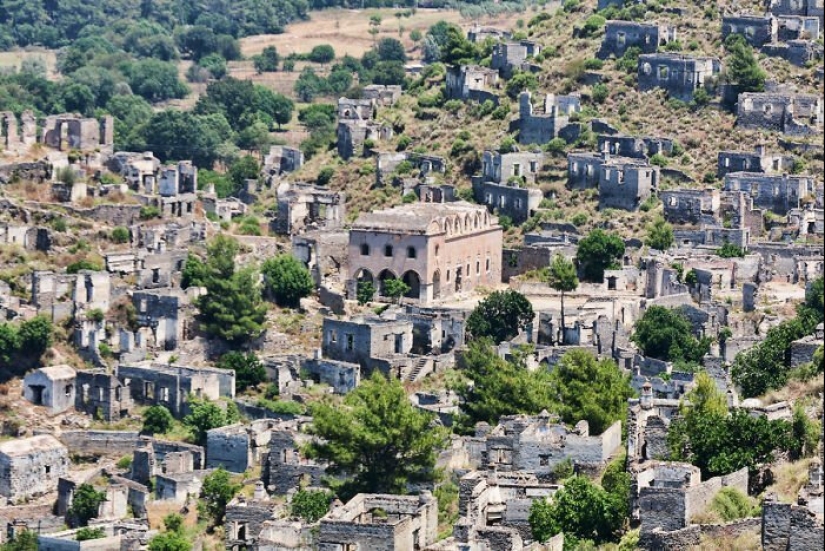
Kayakey, Turkey
Located 8 km south of Fethiye in southwestern Turkey in the old province of Lycia, Kayakey is a city full of ruined buildings from the 18th century (although people have lived in the area since ancient times). Before the First World War, about 6,500 Greeks lived in Kayakea. Almost none of them remained as a result of the massacres of Greeks and other Christian minorities in the Ottoman Empire during the war. After the signing of the Treaty of Lausanne in 1923 (after Greece lost the Greco-Turkish War of 1919-1922), the Greek Orthodox population was forced to leave the territory that has now become Turkish. The Turkish government tried to populate the area with Muslim Greeks, but they refused, fearing the ghosts of the Greeks killed there. Today, the Kayak is uninhabited and serves as an open-air museum.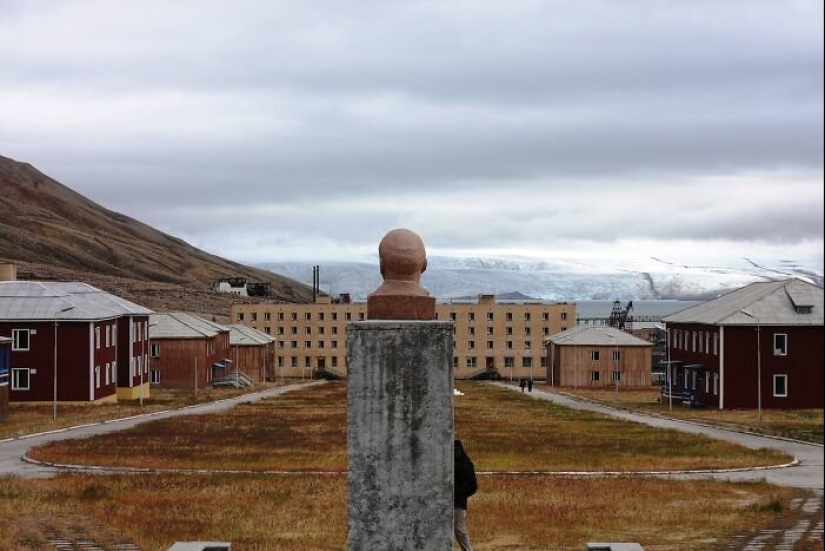
Pyramid, Svalbard, Norway
A Swedish settlement was established here in 1910, and in 1927 Sweden sold it to the Soviet Union. This is how the Soviet mining village of Piramida appeared on the island of West Svalbard, where coal was mined for many years. At the peak of development in The pyramid had more than 1,000 residents, a cultural center with its own theater, library, art and music studios, a sports complex and a 24-hour cafe. When the coal in the last mine ran out by 1998, the village was abandoned and mothballed. Today, the Pyramid is a tourist destination. The museum and the hotel are open all year round.
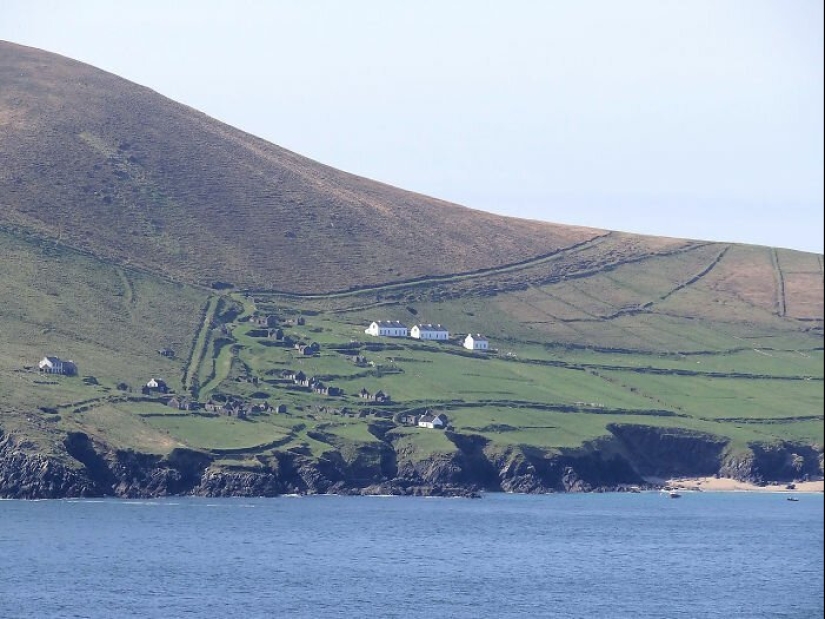
Great Blasket, Ireland
This 4.29-square-kilometer Irish island was inhabited until 1953, but then the Irish government decided that it could not guarantee the safety of the inhabitants, as the island is difficult to access in extreme weather conditions. Residents were evacuated and relocated to other places. Today, the island is inhabited only by ruins, reminiscent of the past. Since Great Blasket has been home to several Irish writers, such as Thomas Criomhain, Paig Sayers, and Muiris Swillebhain, it is still a place of cultural value for Irish people as well as literary fans.
Keywords: Around the world | Ghost town | Abandoned places | Abandoned | Facts
Post News ArticleRecent articles

Twitter user @FactBuffet collects interesting facts about everything. Today we bring to your attention another series of facts that ...

Aomori Prefecture in the north of the Japanese island of Honshu is an agricultural region famous for its delicious apples. In ...
Related articles

There are many places in the world where the foot of a curious tourist has not set foot. They arouse the interest and excite the ...

Photographer under the pseudonym Urbexography explores abandoned places and photographs them. Travelling around Tasmania, he made ...

These incredibly beautiful photos of abandoned places — the brave work of French photographer who travels around the world to ...

Imagine a baby vampire or a tiny zombie with glass eyes ... An artist from the USA Bean Shanine specializes in creating such ...